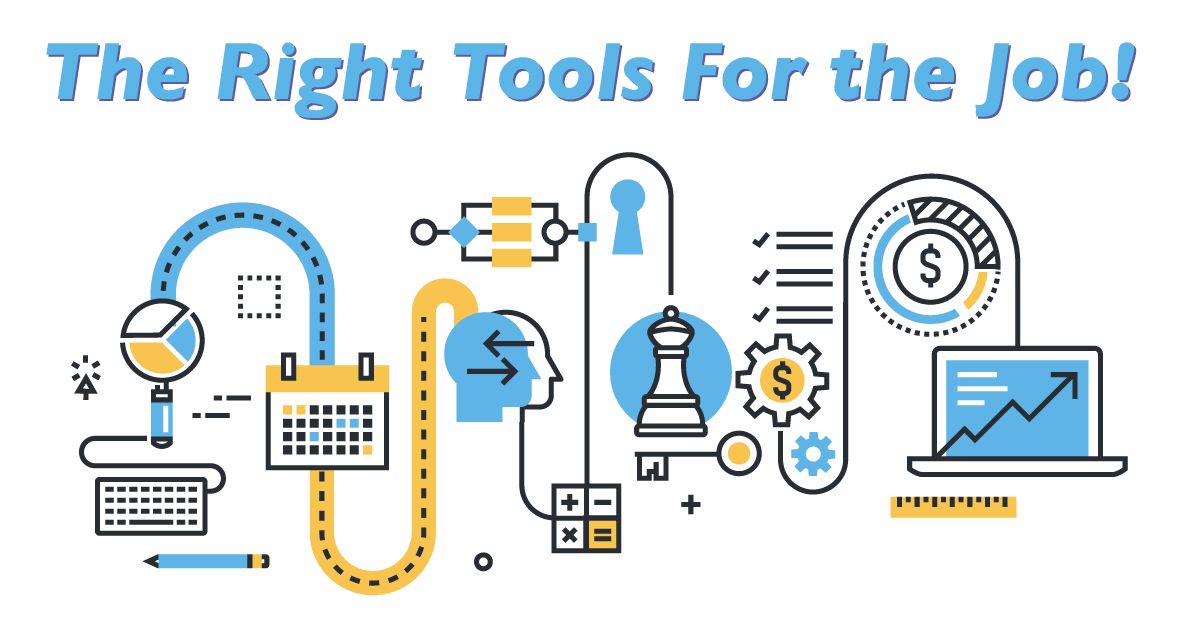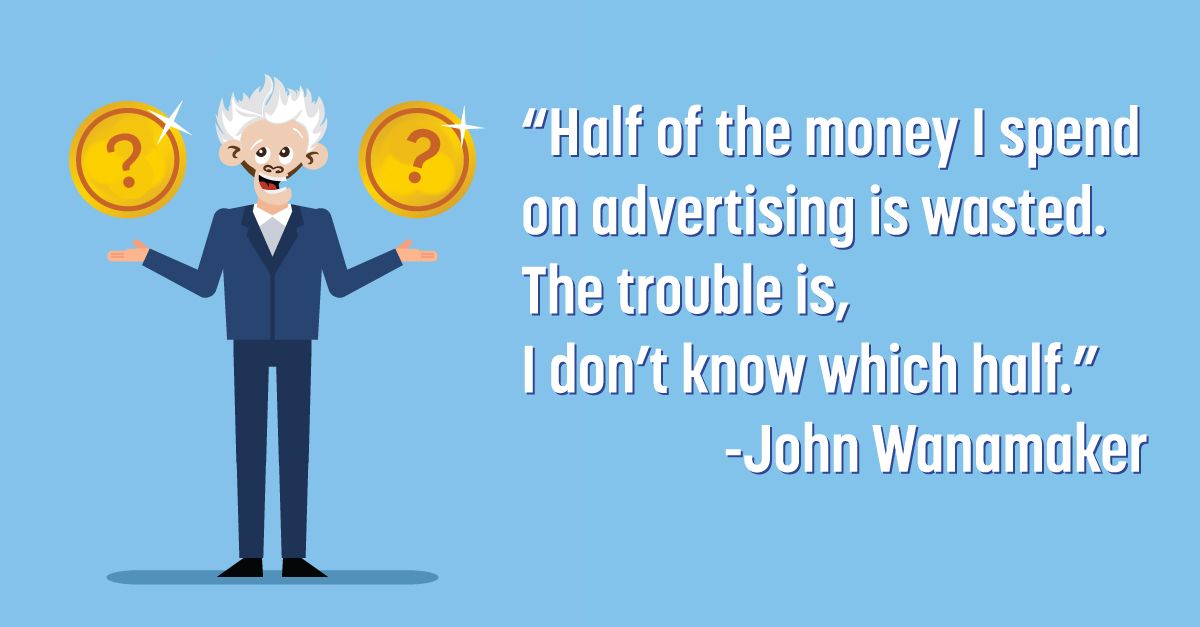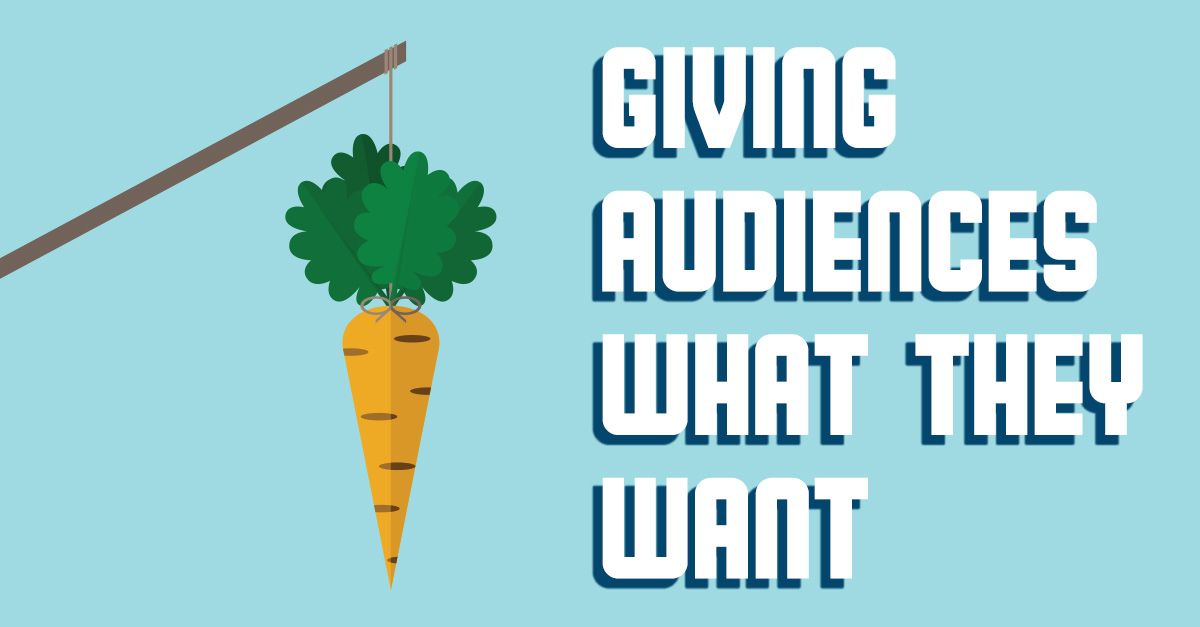
Last week’s blog was about the first half of Jeremy Hudgen’s presentation to the crowd at the 2018 Digital Summit in Detroit. As promised, this week’s blog is about the second half of his presentation, which is about the strategy, tactics and tools of a successful campaign.

It’s essential for any marketer to have the right tools for the job, and to deploy the right technology to accomplish it. While there are a lot of new products and technologies coming out, many of them are just shiny objects that offer no solution to your marketing needs. A prime example of that would be geofencing.
Hudgens explains that geofencing, in the right setting, certainly has its place in brand marketing, and makes a ton of sense. At the Digital Summit, for example, it would make sense to send out an ad to all those in attendance and invite them to the Genius Monkey booth. But to use it in the automobile industry, by the time a person receives the ad while at the competitor’s lot, they’ve probably already made up their mind as to what car they want to buy and are in the process of doing so. In this case, a better application would be to target based on behaviors, such as browsing your competitor’s website. It’s all about using the right application for the job.
As an example of using a complimentary mix of media, let’s look at one of our clients that owned a car dealership. When they contacted Genius Monkey, they were getting approximately 180 leads per month. They recognized that they had an opportunity for growth, and they wanted to bring everything together to create more of a symbiotic strategy. While keeping their budget the same (as they wanted a clean, neat comparison from one type of advertising to the other), they began to incorporate our Genius Monkey programmatic platform. Within six months, their leads increased to 280 leads per month with a 36% decrease in CPA, and after two years they were receiving 550 leads per month with a 67% decrease in CPA. They learned that by using our programmatic strategy to reach potential customers anywhere and everywhere they went, they could move their marketing strategy from what could be compared to a one-man-band, to a fully orchestrated symphony!

Hudgens then shifted his delivery to include information about the creative end of the spectrum. He spoke of the importance for consistency in the creative across all mediums. By continually testing the various aspects of an ad, including text fonts, colors, designs, etc., we can determine which is the most effective. He explained that ads may appear similar, but one may have a much greater appeal than another. The example he used was for a university that we work with. One ad showed two women talking, and the other ad was the same two women, once again talking, only in one ad they were smiling, and in the other they were not. It was the ad in which they were smiling that received a greater response than the other ad. He also emphasized the importance of using people in your ads … especially the happy ones! Another reason for the difference in the ads is in the content. One ad made it very clear what the message was, while the other was a little more nebulous in its wording. What Genius Monkey has discovered is that it’s best to stay consistent, keep it fresh, test frequently and avoid fatigue.
One of the most important factors emphasized by Hudgens was the importance of proper attribution to identify and measure success. He quoted the department store mogul from the late 1800s, John Wanamaker, who said, “Half of the money I spend on advertising is wasted. The trouble is, I don’t know which half.”

With modern attribution, there is so much more available to us that lets us make that distinction between which, and how many, interactions it takes for a consumer to convert. To just count the last click, as an example, doesn’t include all the other factors that got the consumer there. In fact, to just count one form of interaction is like throwing the baby out with the bathwater!
Conclusions and Takeaways:
- Reach and Frequency - Avoid the flatline; don’t spread yourself too thin
- Gather what data you can regarding touch and timeline requirements
- Creative - Test, test and test again! Let the conversions guide you
- Make sure you’re using the right tool for the job
- Gather and use the most sophisticated data you can to paint a holistic view
- Measure the metrics that matter and remember that “conversions are king”
- Do your best to be an orchestra, not a one-man-band
- So, how many impressions does it take to get someone to convert? As many as it takes!




